Secret Lives of Capybaras in Argentina’s Wetlands
Physical Characteristics and Adaptations
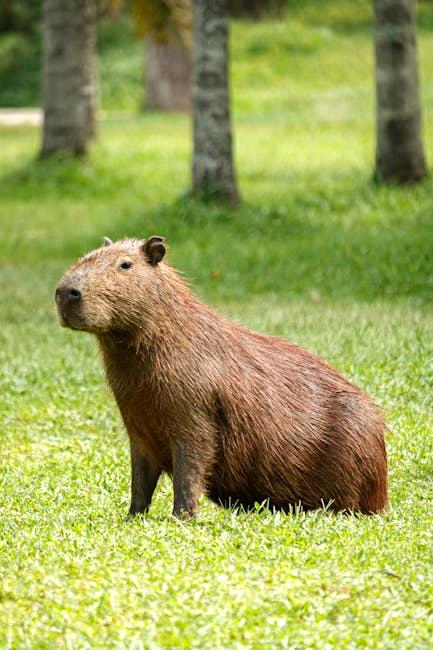
Capybaras, scientifically known as Hydrochoerus hydrochaeris, hold the remarkable title of being the world’s largest rodents. These fascinating creatures can grow up to 1.3 meters (4.3 feet) in length and weigh as much as 79 kilograms (174 pounds). Their barrel-shaped bodies are covered in coarse, brownish fur, perfectly suited to blend with their lush, natural surroundings. Adapted for a life intertwined with water, these mammals have webbed feet that aid in swimming. Their eyes, ears, and nostrils are placed high on their heads, allowing them to stay vigilant even when they are partially submerged. This unique adaptation makes them excellent inhabitants of the wetlands, where staying aware of predators and engaging with their environment is crucial.
Social Structure and Behavior
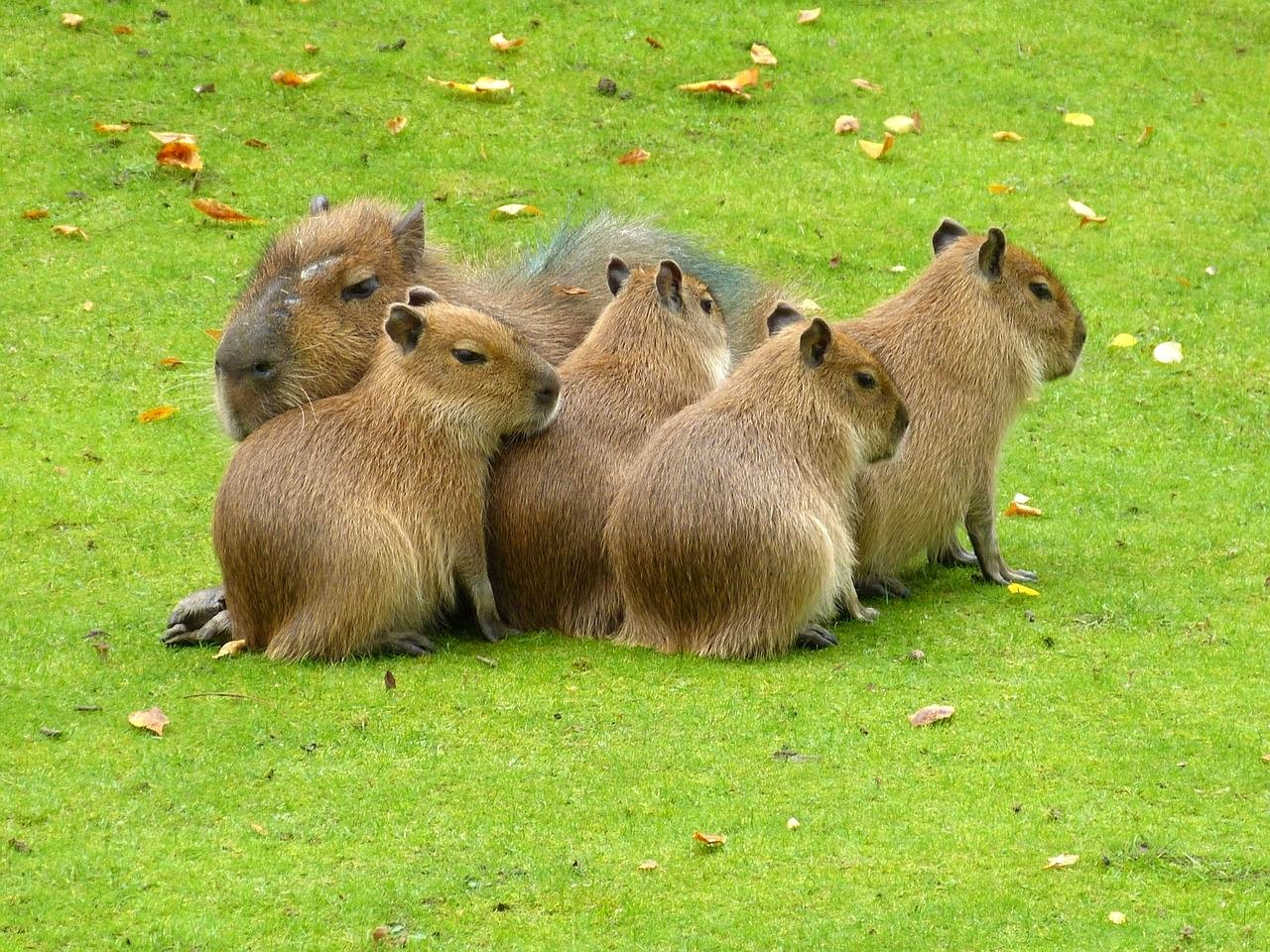
Capybaras are extremely social by nature and typically exist within groups consisting of anywhere from six to twenty individuals. In settings where resources are abundant, even larger groups might be found. A typical group generally comprises a dominant male, several females, their offspring, and some subordinate males. Social cohesion is key in capybara groups, maintained through grooming and physical contact—a sort of rodent family cuddle. They communicate with each other through various sounds, including purrs, barks, whistles, and grunts. Each sound carries a different meaning, from sounding an alarm to coordinating activities within the group.
Habitat Preferences in Argentina’s Wetlands
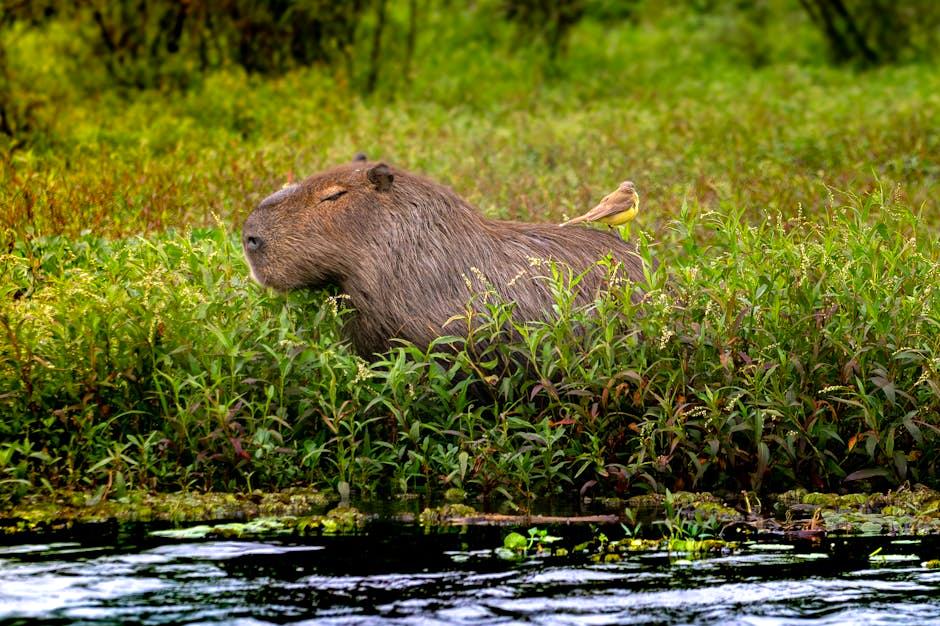
The northeastern regions of Argentina, especially the expansive Iberá Wetlands, are favored habitats for capybaras. With an area of around 13,000 square kilometers, the Iberá Wetlands rank among the world’s largest, offering a perfect sanctuary for capybara populations. This habitat provides plenty of water bodies and rich vegetation, fulfilling their needs for feeding, breeding, and protection. Such an abundance of resources makes these wetlands an irreplaceable home for the capybaras, where they can thrive in numbers and influence the regional ecosystem positively.
Feeding Habits and Ecological Impact
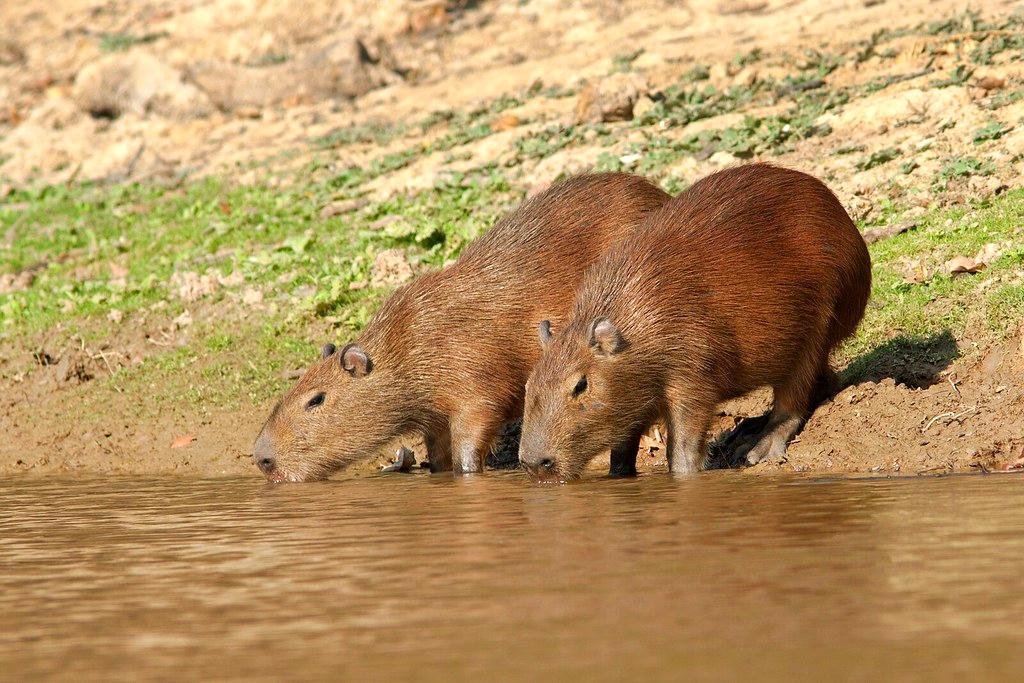
Being herbivores, capybaras stick to a diet of grasses and various aquatic plants. This consistent grazing helps maintain the delicate balance of the ecosystems they inhabit. By eating vegetation, they control its growth, which can subsequently influence plant community structures and benefit other local wildlife. As they feed, capybaras also create open spaces in dense flora, fostering broader biodiversity and enabling different species to thrive.
Reproduction and Lifespan
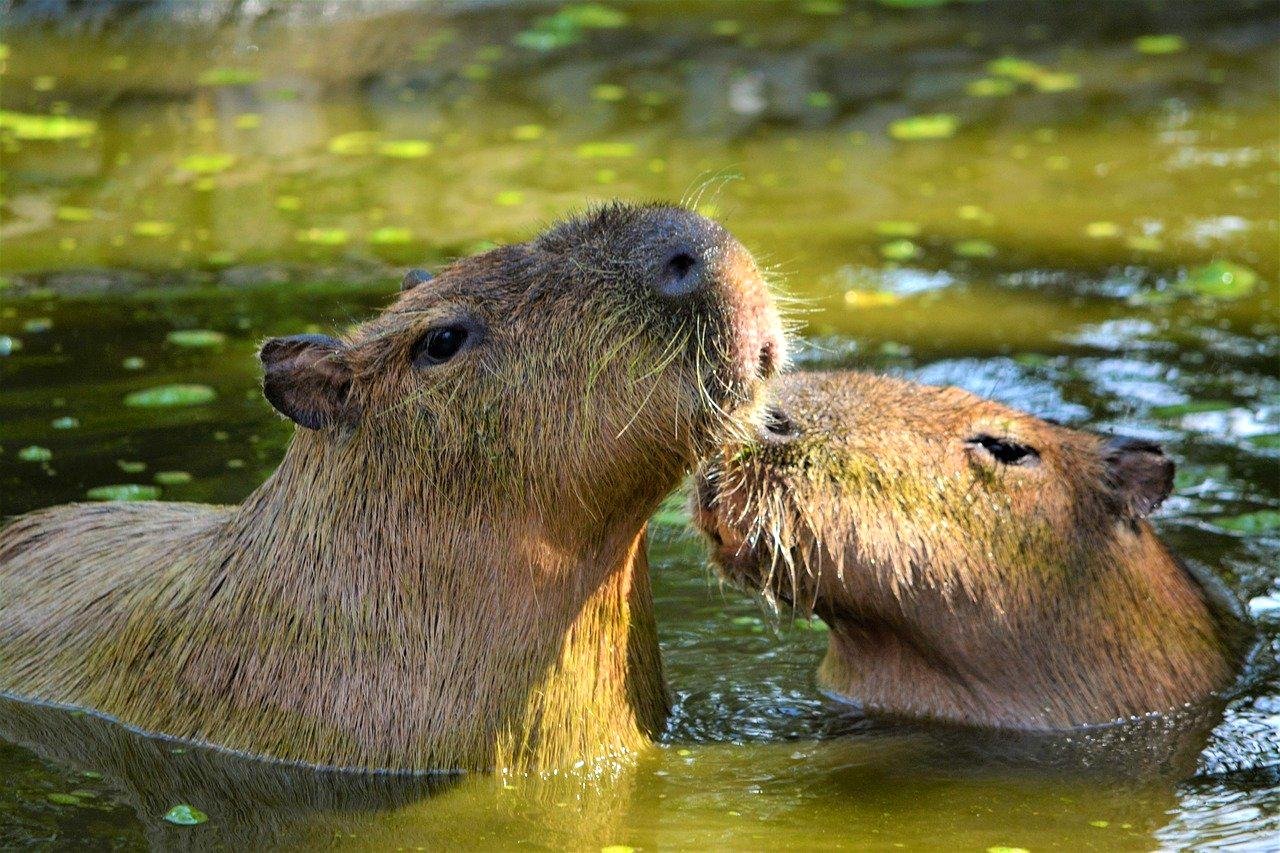
Capybara breeding is closely linked to environmental conditions, often aligning with the rainy season when food is abundant. Following a gestation period of roughly 150 days, females give birth to litters ranging between two to eight pups. These young ones are precocial, meaning they are relatively mature and mobile shortly after birth. Within a week, they begin grazing, though they continue nursing for several months. In wild settings, capybaras typically have a lifespan of about eight to ten years, though factors like predators and environmental adversities can impact how long they live.
Predation and Defense Mechanisms
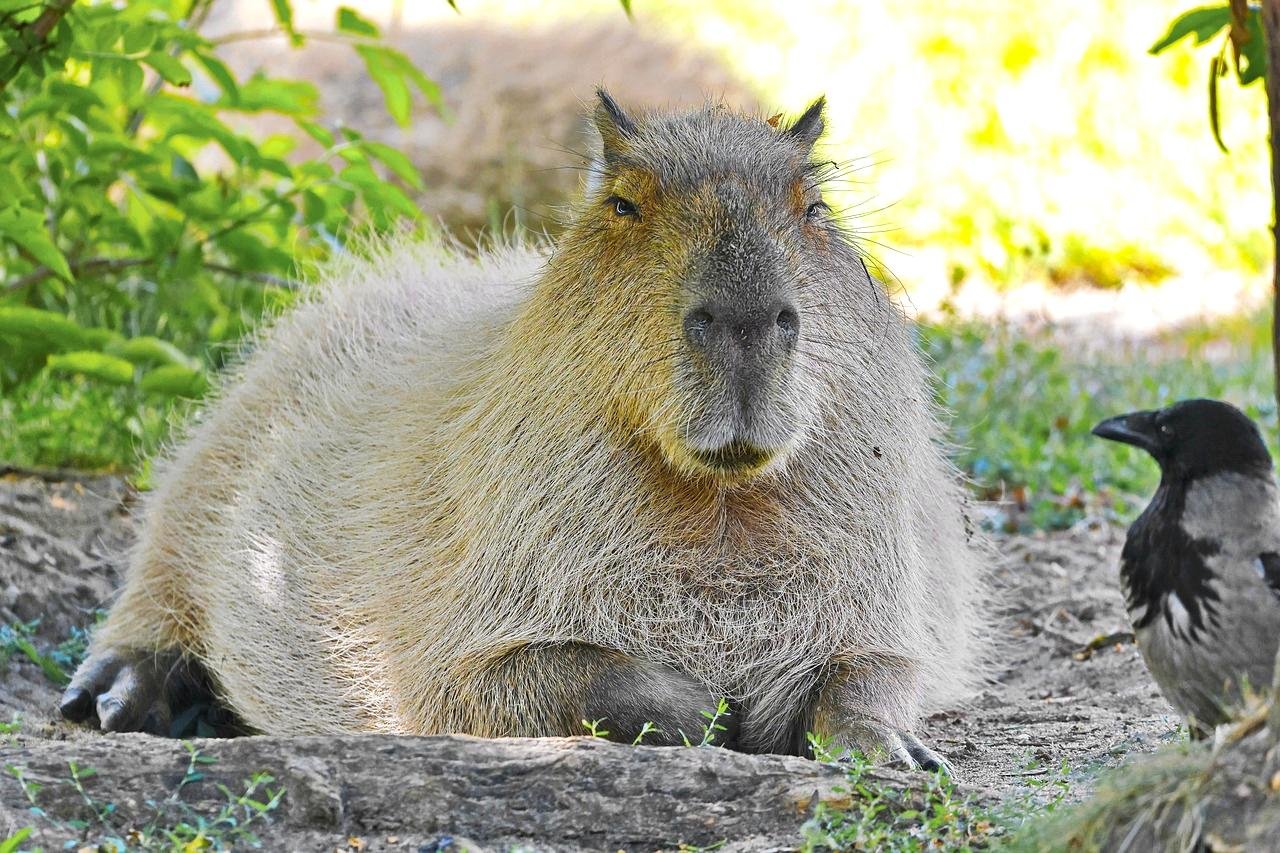
In the wild, capybaras face threats from a range of predators such as jaguars, pumas, and caimans. To defend themselves, one of their primary strategies is taking refuge in water, where they can effortlessly stay submerged, with only their nostrils above the surface. This tactic helps them avoid land-based predators efficiently. The social lifestyle they lead also aids in defense; living in groups improves their vigilance, and their alarm calls can warn other members about potential dangers, allowing the group to take evasive measures collectively.
Human Interactions and Conservation Status

Historically, capybaras have been hunted for both their meat and hides, resulting in population drops in certain regions. However, places like the Iberá Wetlands have created conservation areas to safeguard these animals and their environments. Protected national parks have played an essential role in maintaining healthy capybara numbers. Yet, capybaras still occasionally clash with human activities, often in agricultural regions where they might dine on crops, leading farmers to view them as nuisances.
Capybaras in Urban Environments
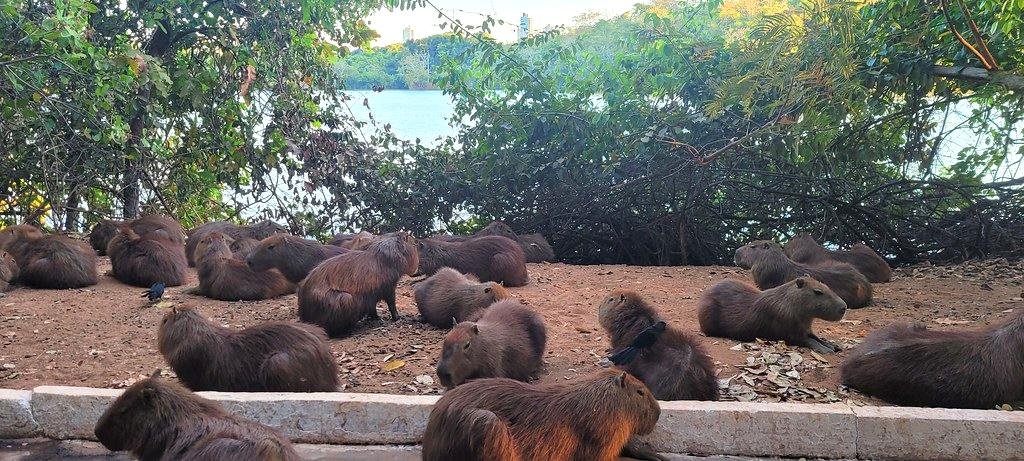
Lately, instances have shown capybaras entering urban spaces, especially in secluded communities like Nordelta near Buenos Aires. Such encounters lead to various challenges including damage to gardens, traffic incidents, and skirmishes with pets. As human developments increasingly encroach on natural habitats, these interactions are on the rise, underscoring the pressing need for wildlife management strategies to reduce human-animal conflicts effectively.
The exploration of capybaras’ hidden lives within Argentina’s wetlands not only enriches our understanding of these extraordinary animals but also highlights the significance of conserving the ever-fragile ecosystems they are part of.
